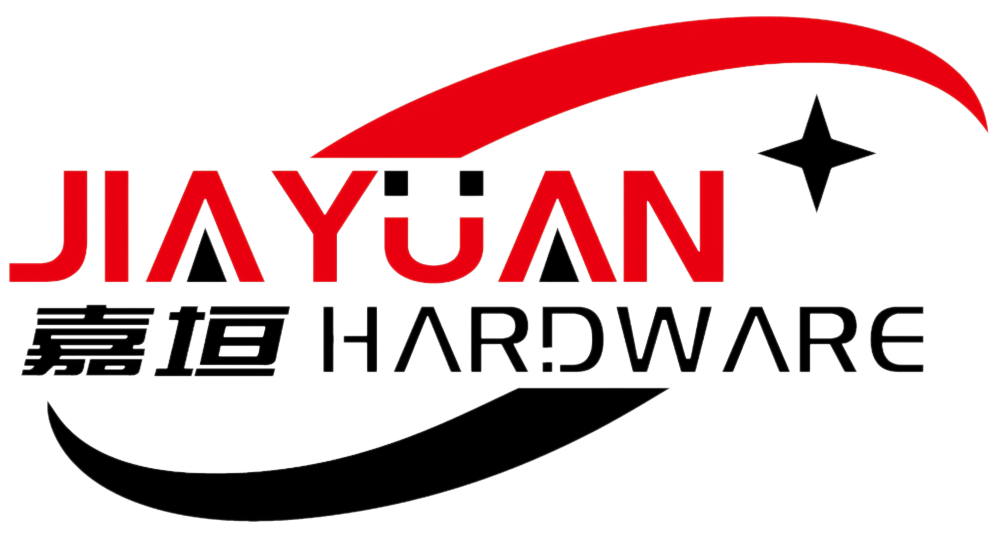Understanding Different Types of Fasteners
Nails: Versatility in Construction
Nails are among the most widely used fasteners in construction due to their flexibility and simplicity. They are essential tools for many carpentry and building projects because they are easy to use and efficiently connect wood pieces. Various types of nails are designed for specific purposes, such as framing nails for structural work and finishing nails for trim applications where discretion is needed. Specialized designs like spiral or ring-shank nails enhance grip and performance, especially when working with wood and other materials. For outdoor projects, using galvanized nails is advisable to prevent rust, thereby increasing longevity and reliability.
Screws: Enhanced Holding Power (Including Self-Tapping)
Screws are popular in construction thanks to their superior holding power compared to nails, making them ideal for projects requiring secure connections. A significant advantage is the availability of self-tapping screws, which conveniently create their own hole, saving both time and effort during installation. With a variety of screw types based on head style, length, and diameter, each serves distinct applications, such as wood screws that ensure robust connections for furniture building due to their thread design. This versatility makes screws particularly useful in projects involving materials that demand durable connections.
Bolts and Anchors: Heavy-Duty Solutions
Bolts provide a robust fastening method well suited for heavy-duty applications, particularly in structural and load-bearing projects. They are often used in conjunction with anchors to ensure additional holding strength, especially in materials like concrete or brick. Choosing the appropriate bolt and anchor size is crucial to maintain the safety and stability of the structure. Moreover, understanding load ratings and environmental factors is imperative to prevent structural failures, ensuring that both the bolts and anchors can withstand the stress and conditions they will encounter.
Steel Wire and Corrosion-Resistant Options
Steel wire fasteners are highly valued for their outstanding tensile strength, making them indispensable across various applications. Whether it's scaffolding, binding materials, or crafting intricate designs, steel wire's robustness ensures reliability. To combat corrosion, especially in harsh environments, choosing corrosion-resistant options like stainless steel or coated fasteners becomes essential. These materials prevent rust and ensure the longevity of structures exposed to elements. It's crucial to understand the environmental conditions where fasteners will be deployed, as highlighted by industry studies suggesting that proper material selection can reduce maintenance costs by up to 30% over time. Adopting the right fasteners not only enhances the structural integrity but also prolongs the lifespan of any project, ensuring it withstands the test of time.
Weatherproof Fasteners for Outdoor Projects
For outdoor projects, the use of weatherproof fasteners is essential to safeguard against deterioration caused by moisture and UV exposure. Options such as galvanized nails, coated screws, and specially designed weather-resistant bolts provide robust solutions against the elements. These fasteners often come with specific ratings for wind resistance and moisture tolerance, which are crucial in maintaining the structural integrity of outdoor constructions. Choosing the appropriate weatherproof fastener is a proactive step towards significantly extending the lifespan of outdoor structures, from garden fences to large decks. In doing so, you ensure that your projects remain durable and aesthetically pleasing, despite exposure to challenging weather conditions.
Project-Specific Fastener Selection
Roofing and Scaffolding Applications
When it comes to roofing, selecting the right fasteners is crucial for ensuring safety and durability. Roofing fasteners often include specialized nails or screws designed to withstand the challenges of wind uplift and water penetration. Moreover, scaffolding applications demand sturdy fasteners that can reliably bear the weight of workers and materials without failure. Aligning each fastener choice with safety standards and building codes is essential to maintain the structural integrity of the construction. According to OSHA guidelines, proper fastener selection is a critical step in scaffolding safety, emphasizing its importance in both roofing and scaffolding environments.
Decking and Structural Joinery Best Practices
For decking projects, using stainless steel or coated screws is recommended to prevent rust and ensure long-lasting durability. Understanding structural joinery best practices is equally important, as these techniques enhance the overall stability and strength of the construction. Implementing proper spacing and installation techniques ensures that fasteners perform effectively under load, contributing to the project's success. Experts advise adhering to the specific manufacturer's recommendations, as these guidelines often lead to superior performance and longevity for decking fasteners and structural joinery. By following these best practices, one can achieve a robust and reliable build.
Load-Bearing Capacity and Safety Guidelines
Calculating Weight Limits for Heavy-Duty Projects
Understanding the load-bearing capacity of various fasteners is crucial for ensuring safety in heavy-duty projects. Different types of fasteners, including screws, nails, and bolts, all have unique weight-limits based on factors like material composition, size, and environmental conditions. Industry guidelines often provide formulas and specifications to assist in these calculations. For example, a structural analysis report can detail the maximum load tolerances for specific fasteners, helping to ensure compliance with safety standards. It's important to consult relevant safety guidelines and technical data when planning installation projects to prevent structural failures.
Avoiding Common Installation Mistakes
Installation mistakes can lead to equipment failure and safety hazards, making proper training imperative for all workers involved. Common errors to watch out for include over-tightening fasteners, selecting inappropriate types for a specific task, or misaligning fastener placements. Utilizing checklists and installation guidelines can minimize these risks during the process. According to industry surveys, correct installation can reduce the likelihood of fastener failure by over 40%. Ensuring all personnel are aware of best practices can significantly enhance project success and safety.

